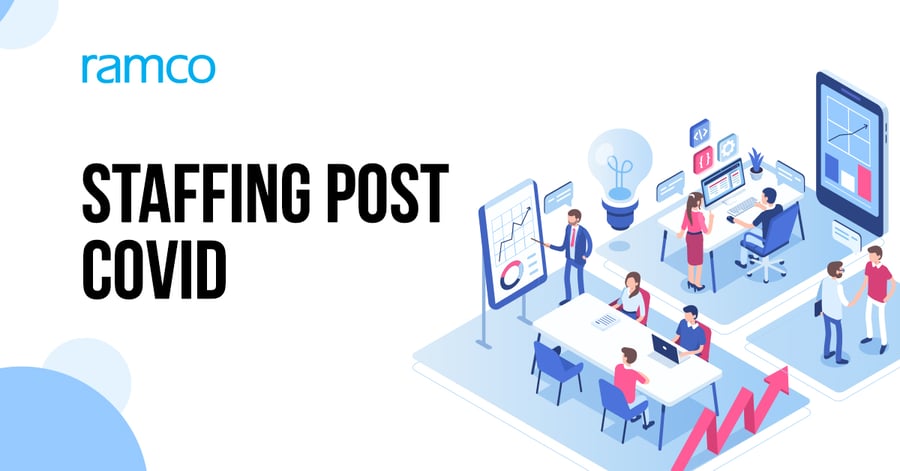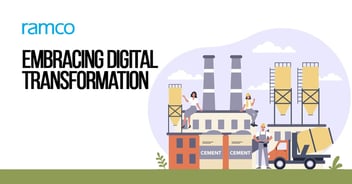

At the beginning of 2020, the fear of coronavirus had gripped the whole world. Almost everyone was talking, analyzing, discussing, and even making memes about coronavirus. If there were tools to measure the mention of the word coronavirus even in offline conversations, I am sure #coronavirus would have topped the charts of trending words for weeks.
As everyone was coming to terms with the situation, there came a set of new developments – that of the announcements of lockdowns. And in a short while, there was news about layoffs and pay cuts too. This kind of situation caused panic and mental stress among many. Overall, the last few months have been nothing short a roller coaster ride for a lot of us.
Now, after a couple of months, many have come to terms with the situation and have started making some adjustments, in work as well as lifestyle. Lockdowns are now being eased throughout the world, and gradually everyone is returning to a pre-COVID scenario, but with precautions.
One thing everyone is agreeing upon is that the pandemic has changed the way we live completely. And this leads to a lot of changes in demand and supply, in every economy. This change will have a direct impact on workforce needs too. There are two ways to look at this impact. One, the immediate or short term, and the other, the long term.
Short Term:
With lockdowns and restricted movements over the past two months, many operations came to a standstill. For example, the shipments that were en route to the destinations were left at intermediate hubs. Now, all these shipments have to reach their destination. Another example would be that of production that was halted, except the production for essentials and for industries like oil where the cost of restarting is often more than the cost of continuing operations. Now with the lockdowns relaxed, there will be a sudden surge in demand for all these non-essential goods. There is a need to meet this demand which will require the facilities to increase production capacities.
There was another set of industries that kept its core business running but put on hold its non-core operations. These businesses must now ensure that their non-core operations are once again up and running, to ensure that the operations continue to support the core business seamlessly.
The available workforce will not be able to tackle the huge pile of work. And to get that done, companies will turn to temporary workers for a short duration, until their business models are aligned to service the new demand and supply levels. There will be a rise in demand for contract workforce or temporary workers.
Companies might also meet the new demand and supply levels by realigning the role of the internal staff members, making them focus more on core functions. This will also create a dearth of workforce in the area of non-core functions. And it will lead to the hiring of temporary workers in the non-core areas.
Overall, there might be an immediate need for contract workers across industries, as they adjust to the new normal. In the coming weeks, staffing companies are definitely going to witness a rise in the demand for temporary workers.
Long term:
COVID-19 has brought a lot of uncertainty in everyone’s life. It impacts our work life as well. For example, social distancing will become a norm. And to maintain social distancing, many companies won't operate the way they used to earlier. This might lead companies to operate more shifts with fewer staff members in each shift to meet the demand.
This increase in the number of shifts will result in an increase in the workforce in non-core functions. For example, facility management teams, administration teams, front office (security, lobby, etc.) teams. Companies might resort to employing a temporary workforce in these areas as this will minimize the operational overheads (payroll processing costs, social security costs, etc. and statutory overheads).
Needless to say, there is a whole new demand for sanitization specialists in all the industries (especially airlines, travel, tourism, and hospitality). And this in turn has increased demand for certain product lines as well such as sanitizers, immunity boosters, specific healthcare products, etc. Some of this increased demand can be met by increasing production capacities which will lead to an increase in the number of employees employed to do the task. And some can be met by automation. In both these scenarios, there will be a need for an increased workforce.
Cost optimization has become a top priority in many companies. In most of the service industries, one of the major costs is human capital. To meet the cost optimization goal and to ensure business continuity, companies are looking at innovative ways to utilize human capital. Employing more contract staff might be one such strategy.
Overall, the long-term outlook seems to be mixed. Some areas will see a rise in temporary workers and some will see a rise in full-time workers. But definitely, there is going to be a realignment of human capital in many industries.
Post-COVID era is going to be interesting and will have to wait and watch. Meanwhile, staffing companies need to ready themselves for the increased demand from various industries. And this should include having ERP software or solution that enables complete management of every single employee who is a part of this ecosystem.
Frequently Asked Questions (FAQs)
Enterprise asset management (EAM) involves the management of mission critical assets of an organization throughout each asset's lifecycle. EAM is used to plan, optimize, execute, and track the needed maintenance activities with the associated priorities, skills, materials, tools, and information. The aim is to optimize the quality and utilization of assets throughout their lifecycle, increase productive uptime and reduce operational costs.
Enterprise asset management (EAM) involves the management of the maintenance of physical assets of an organization throughout each asset's lifecycle. EAM is used to plan, optimize, execute, and track the needed maintenance activities with the associated priorities, skills, materials, tools, and information.
The software helps in effective maintenance of assets through preventive, predictive, shutdown and breakdown maintenance strategies. The system also helps enterprises mitigate equipment risks by enhanced safety standards. The streamlined operations and improved asset performance helps organizations increase their investment effectiveness.
EAM is important because it helps organizations track, assess, manage and optimize asset quality and reliability. Asset intensive Organizations have hundreds, thousands, even millions of assets which needs to be maintained to maximize / optimize life of these assets to increase the return on investment.
The key features of effective EAM are:
- Work management.
- Maintenance Strategies (Preventive/ Predictive / Breakdown / Shutdown).
- Planning and scheduling.
- Supply chain management.
- Health and safety.
- Mobility.
- Analytics.
- Improved Asset Health at reduced cost through data driven maintenance Programs
- Complete visibilityon entire maintenance data across Equipment, across Models, across Branches to aid in analysis & decision making such as to Repair or Replace the Equipment
- Insightful analysis of Inspection Data to improve customer satisfaction
- Effective maintenance management enhanced by predictive maintenance and inbuilt analytics
- Increased reliability and safety, keeps complete track of all the inspections & calibration schedules
- Mobile Application enables users to execute work while “in the field” leading to minimized non-productive time and increased productivity and reduces duplication of work and human errors in recording information.
- Quick turnaround time through Actionable Notification & Alerts for every process in real time and accessible anytime and anywhere.
- Improved Regulatory Part of asset management involves the implementation of better O&M practices, which can significantly improve compliance.
Asset Intensive companies under the following Industries :
- Ports
- Cement and Mining
- Utilities
- Fleet Maintenance
- Equipment Rental
- Other Manufacturing
- Real Estate & Infrastructure
- Power Generation
Contact us for a meeting and schedule a demo
This differs on case to case basis, based on the type of installation and unique industry specific requirements. Contact us for a meeting and schedule a demo.
This differs on case to case basis, based on the type of installation and unique industry specific requirements. Contact us for a meeting and schedule a demo.
Stay Connected, follow us on LinkedIn / Twitter to know more about EAM Software latest trends.

.jpg?width=352&name=cement-2%20(1).jpg)
